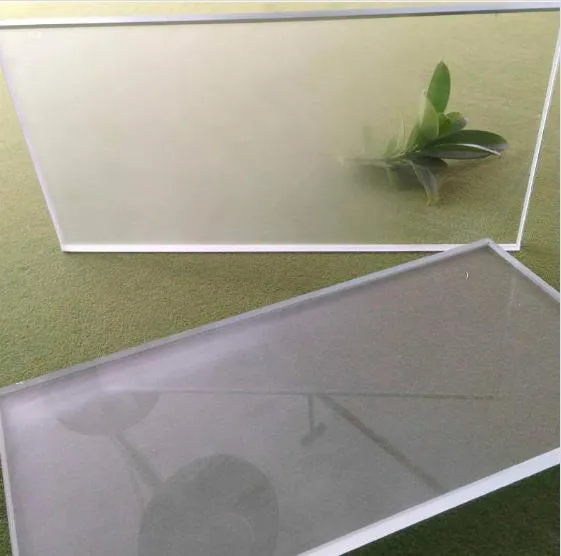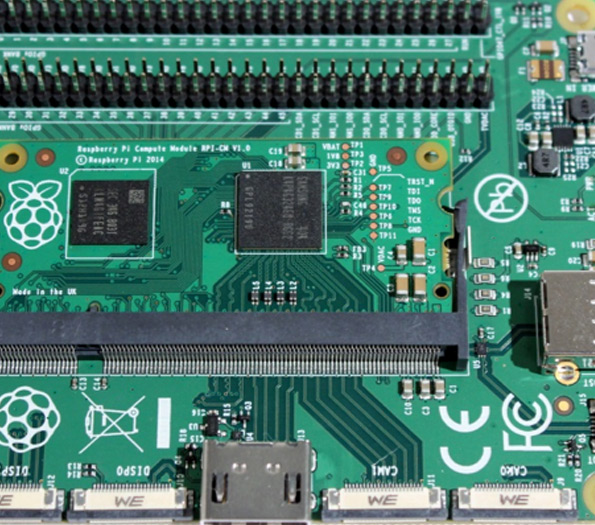Toughened plain glass has become an indispensable material in modern architecture and interior design, lauded for its blend of strength, safety, and aesthetic versatility. This glass type undergoes a specialized heat treatment, making it several times stronger than regular glass. Such durability makes toughened glass an ideal choice for various applications, from skyscraper facades to elegant shower enclosures, ensuring both functionality and elegance.

When considering toughened plain glass, one encounters a material that withstands not only impact but also significant thermal fluctuations, without compromising its integrity. This reliability is crucial in environments subject to extreme weather conditions, where traditional glass might fracture and pose safety risks. It's the science behind the tempering process that grants this glass its robustness – heated to over 600°C and then rapidly cooled, the glass's surface compresses, enhancing its resistance to breakage.
The safety aspect of toughened glass cannot be overstated. Upon impact that might shatter regular glass, toughened glass crumbles into small granular pieces, greatly reducing the risk of injury. This quality renders it suitable for use in high-traffic areas like public buildings and schools, where safety is paramount. It's a testimony to its unparalleled trustworthiness in environments where human safety is a priority.

Beyond functionality, toughened plain glass offers aesthetic benefits that appeal to designers and architects alike. Its clarity provides unobstructed views and the illusion of open space, a sought-after feature in modern interiors. Moreover, this glass can be customized with various finishes or coatings, allowing for creativity without sacrificing strength. It's a versatile canvas for innovation in design, sustaining its appeal across evolving architectural trends.
toughened plain glass
Incorporating toughened plain glass into projects requires expertise to ensure optimal use. Professionals must consider load specifications, installation methods, and compliance with safety regulations. Such expertise does not only apply to architects but extends to manufacturers who rigorously test the glass to adhere to industry standards. Working with certified suppliers guarantees the glass meets performance expectations, reinforcing its authoritativeness in construction and design sectors.
Environmental considerations also fortify the worth of toughened glass. By nature, glass is a sustainable material – recyclable and often manufactured with energy-efficient processes. Toughened plain glass, when sourced responsibly, contributes to greener building practices, harmonizing with global sustainability goals. The choice of toughened glass reflects a commitment to environmentally conscious design, fostering trust among eco-conscious consumers.
In conclusion, toughened plain glass represents a convergence of strength, safety, and style. Its extraordinary durability, coupled with the aesthetic flexibility, positions it as a cornerstone material in contemporary building practices. For consumers and professionals, understanding its attributes and applications underscores the importance of expertise in material selection, ensuring the fulfillment of both functional and artistic ambitions in any project. As a staple of modern architecture, toughened plain glass continues to shape the built environment, offering a dynamic, reliable, and visually appealing solution for diverse needs.



